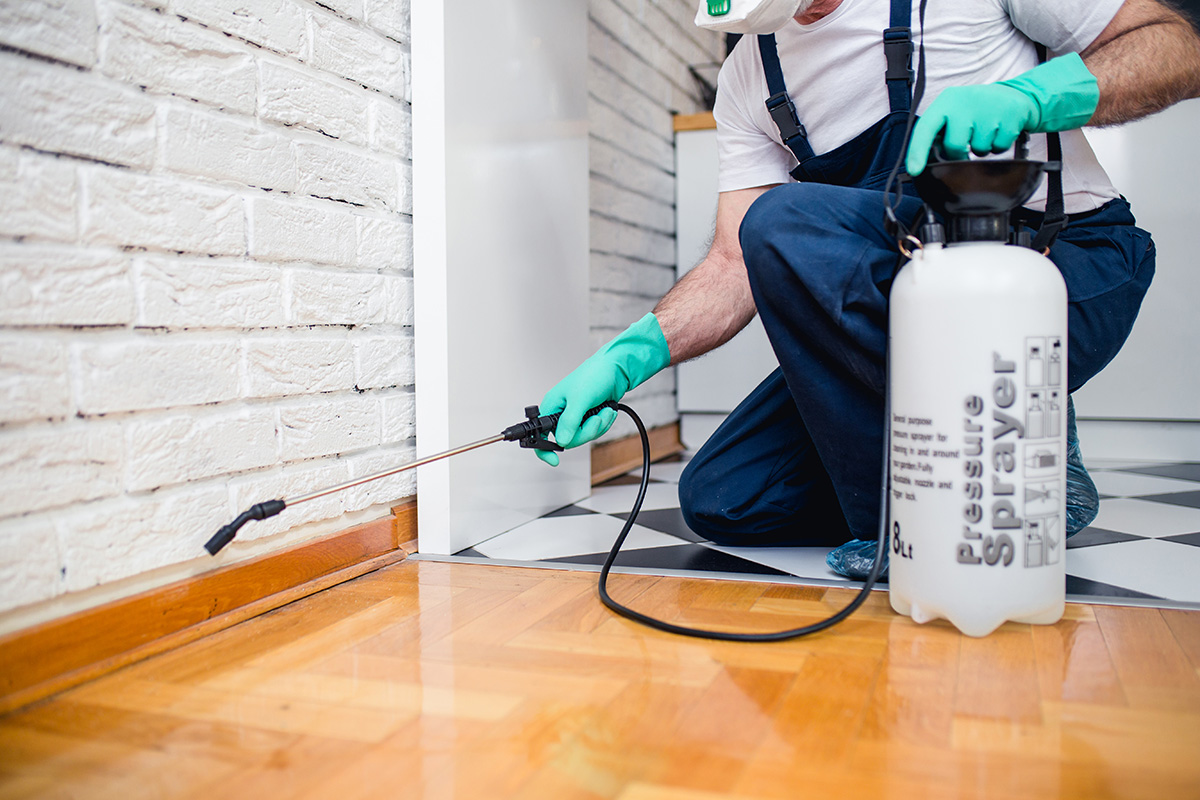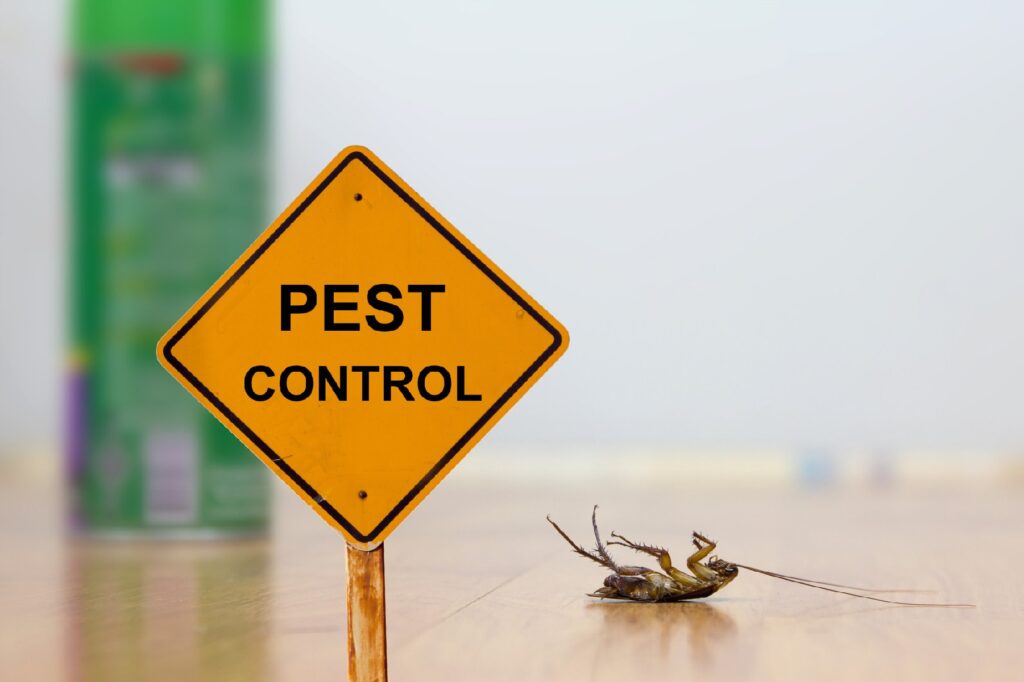Specialist A1 Charlotte Bed Bug Exterminator - High Quality Solution Guaranteed
Specialist A1 Charlotte Bed Bug Exterminator - High Quality Solution Guaranteed
Blog Article
Bed Pest Therapy Failure: Comparing Chemical Vs. Non-Chemical Solutions
In the world of parasite control, particularly when taking care of the persistent concern of bed insects, the selection between chemical and non-chemical treatment options can be an essential one. Both approaches offer unique benefits and disadvantages, affecting variables such as performance, safety and security considerations, and overall expense. By analyzing the nuanced details of each approach, a more clear understanding of which course to pursue in resolving a bed insect infestation can be acquired.
Effectiveness of Chemical Treatments
Chemical therapies for bed pest infestations have actually been extensively acknowledged for their rapid and powerful efficiency in removing these insects. When taking into consideration the efficiency of chemical treatments, it is vital to understand that they can provide a extensive and fast solution to a bed pest issue.
Additionally, chemical treatments have the advantage of offering recurring effects, suggesting that they can proceed to eliminate bed pests also after the initial application. This residual action is specifically useful in combating any kind of potential re-infestations. Additionally, the rapid activity of chemical treatments can bring alleviation to individuals facing extreme bed bug infestations, enabling them to regain control of their space rapidly.
Security Worries With Chemical Solutions
One critical aspect that needs careful consideration when using chemical remedies for bed bug treatment is making sure the safety and security of passengers and the atmosphere. Exposure to specific chemicals made use of in bed pest therapies can lead to breathing issues, skin irritation, or various other adverse reactions, especially in people with pre-existing conditions or sensitivities.
Furthermore, the ecological effect of chemical options is another significant factor to consider. Some chemicals utilized in bed insect therapies might be unsafe to beneficial pests, wildlife, and environments if they leach into the soil or water systems. It is important to utilize chemical treatments judiciously, complying with security guidelines, and thinking about less poisonous options to mitigate these threats and make sure the safe and reliable administration of bed insect invasions.
Advantages of Non-Chemical Strategies
Taking into consideration the potential safety problems and environmental influence connected with chemical services for bed bug treatment, checking out non-chemical techniques offers an appealing alternative with a number of unique advantages. Non-chemical therapies are environmentally pleasant, as they do not contribute to air or water pollution, making them a sustainable option for bug control.
Furthermore, non-chemical options can be effective in targeting bed insects, consisting of hard-to-reach locations where chemical treatments might not pass through - A1 exterminator charlotte nc. Methods such as heat therapy, vacuuming, vapor cleaning, and bed mattress encasements give comprehensive removal without the usage of damaging chemicals.
Limitations of Non-Chemical Treatments

Furthermore, non-chemical treatments frequently need multiple applications to accomplish effective elimination. This can be time-consuming and may not constantly ensure full removal of all bed insects and their eggs, especially in hidden or hard-to-reach locations.
Moreover, the success of non-chemical therapies greatly relies upon correct execution and thoroughness, which pest control los angeles can be testing for people without professional experience. Poor application of non-chemical approaches may result in incomplete removal, bring about consistent problems and the requirement for extra treatments.
Consequently, while non-chemical treatments have their advantages, it is vital to recognize these limitations and consider them when this content figuring out one of the most reliable technique for managing bed bug infestations.
Expense Comparison: Chemical Vs. Non-Chemical Options
Offered the limitations associated with non-chemical treatments, an essential facet to examine in the context of bed bug administration is the cost comparison in between chemical and non-chemical options. In contrast, non-chemical therapies like heat therapy or heavy steam can be extra expensive, with costs varying from $1,000 to $6,000 for an entire home. While the initial expense of chemical treatments might seem reduced, multiple therapies may be required to fully eliminate the invasion, potentially increasing the total price.
Verdict

Considering the possible safety problems and environmental influence linked with chemical options for bed bug treatment, discovering non-chemical strategies offers an appealing alternative with numerous distinctive advantages.Offered the limitations associated with non-chemical treatments, a vital element to evaluate in the context of bed bug administration is the expense contrast in between pest control procedure at home chemical and non-chemical options. In comparison, non-chemical therapies like heat therapy or steam can be more pricey, with costs varying from $1,000 to $6,000 for a whole home. While the first expense of chemical treatments may appear lower, several treatments might be called for to fully eliminate the invasion, potentially enhancing the overall price.In verdict, when comparing chemical and non-chemical bed bug treatment choices, it is crucial to take into consideration performance, safety and security, advantages, constraints, and price.
Report this page